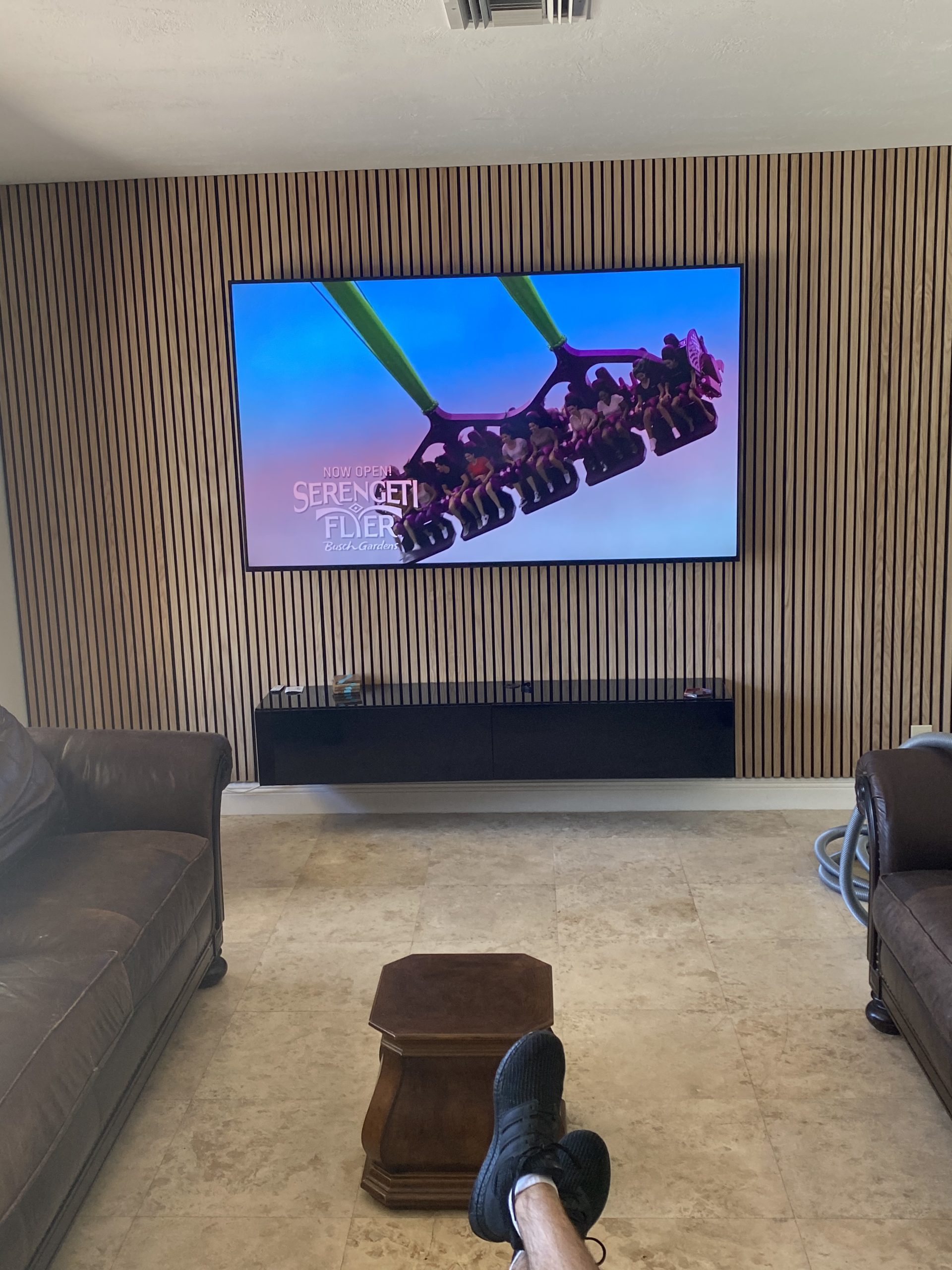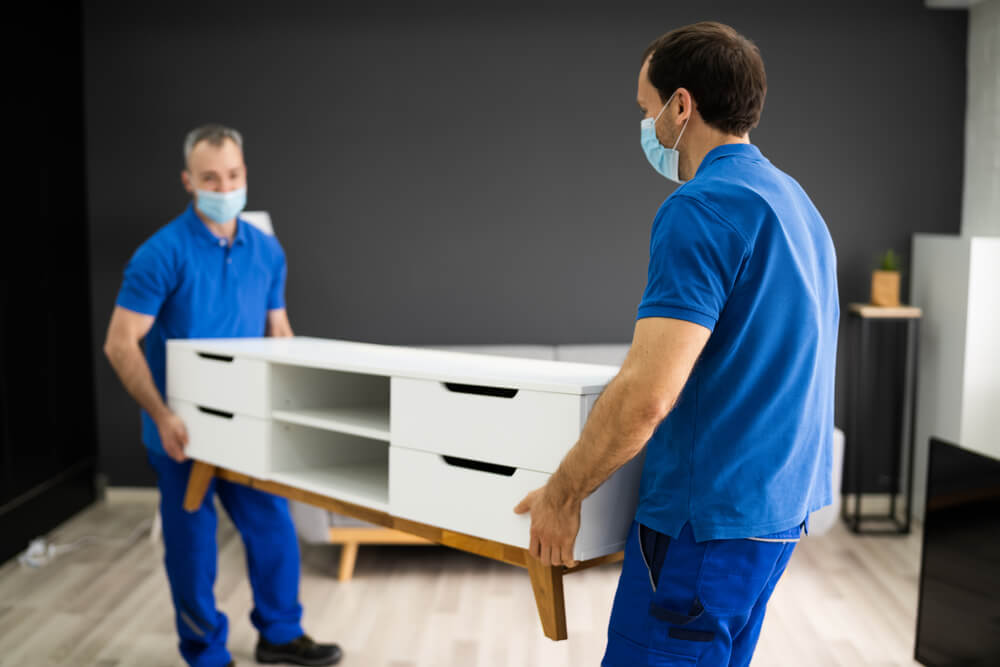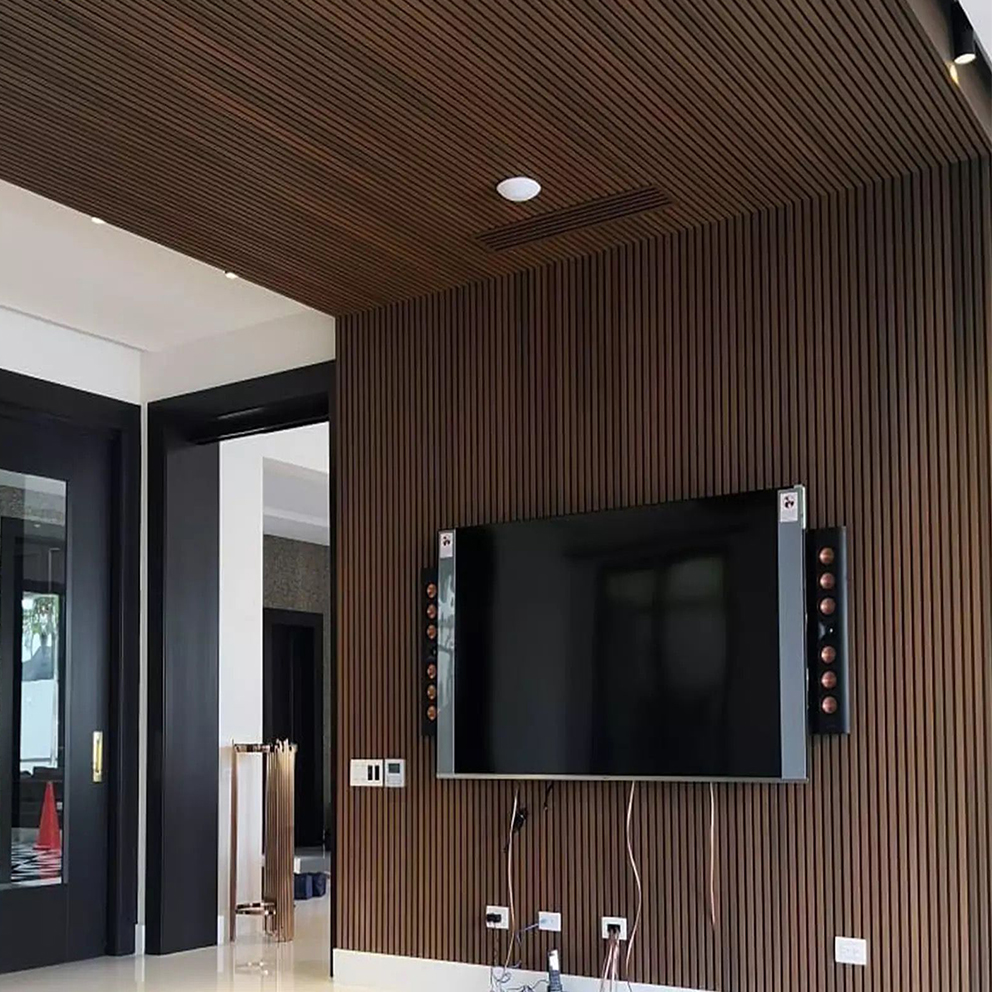Affordable & Comfortable Hoyer Lift Sling Options | Reliable Ramps Review
Affordable & Comfortable HOYER LIFT SLING Options | Reliable Ramps Review

A hoyer lift sling is a key piece of equipment for caregivers and individuals with limited mobility. It enables safe and comfortable patient transfers from one location to another—like from a bed to a wheelchair or from a chair to a toilet. For those who cannot bear weight or have reduced muscle control, the sling becomes a daily lifeline for smooth and injury-free movement.
When paired with a patient lift (often called a hoyer lift), the sling securely supports the user’s body while the lift raises and moves them. This reduces the risk of strain or injury for both caregivers and users and ensures the person being moved feels secure and stable.
What Makes a Hoyer Lift Sling Important?
Unlike a simple manual lift, the hoyer lift sling wraps gently but securely around the body, offering physical support and balanced weight distribution. There are various types of slings to meet different care needs, from full-body slings to hygiene-specific designs.
These slings help create a safer caregiving environment by minimizing manual handling, which can lead to injuries. They also promote independence and dignity, allowing transfers to be done more comfortably and efficiently.
Reliable Ramps: A Name You Can Count On
Reliable Ramps is a trusted source of mobility and accessibility equipment, offering a wide range of solutions designed with comfort, safety, and reliability in mind. Whether you’re caring for an elderly parent, recovering from surgery, or living with a disability, Reliable Ramps offers slings that meet a variety of needs—all at affordable prices.
Their hoyer lift sling collection stands out due to:
Universal Compatibility: Designed to fit most major lift brands and hook types.
Strong, Durable Materials: Reinforced fabrics and heavy-duty stitching ensure long-term safety.
Affordable Pricing: Reliable Ramps balances cost-effectiveness with top-tier performance.
Variety of Styles: From padded slings for added comfort to breathable mesh slings ideal for bathing.
Customer-Focused Design: Many of their slings include features like head support, easy-clean fabrics, and labeled loops for quick adjustments.
Types of Hoyer Lift Slings Offered by Reliable Ramps
Reliable Ramps carries a range of sling types, including:
Full Body Slings: Ideal for patients needing complete support, these slings cradle the back, thighs, and head.
U-Slings (Universal Slings): These allow easier access and are quicker to position, commonly used in seated transfers.
Hygiene Slings: Designed to expose certain body areas to simplify toileting and personal hygiene.
Bariatric Slings: Built for heavier users, supporting higher weight limits without sacrificing comfort or function.
Mesh Shower Slings: Breathable and quick-drying, suitable for wet environments like showers or pools.
Each style caters to a specific medical or daily living need, ensuring that caregivers can provide safe and smooth transfers with the right equipment.
Choosing the Right Hoyer Lift Sling
When selecting a sling, several factors should be considered:
User’s Mobility Level: Full body slings are best for non-weight-bearing users, while partial slings are better for those with upper body strength.
Size & Fit: Slings come in various sizes (small to extra-large). Choosing the correct size helps prevent pressure points and promotes safety.
Lift Compatibility: Always confirm that the sling’s straps and loop system match your existing lift.
Environment of Use: Mesh is better for wet settings; padded versions suit dry, longer-duration transfers.
Ease of Cleaning: Machine-washable fabrics are ideal for hygiene and care efficiency.
Reliable Ramps includes fitting guides and customer support to help ensure users get the right fit.
Maintaining and Caring for Your Hoyer Lift Sling
Proper maintenance extends the life and performance of your sling:
Inspect Before Use: Always check for tears, weakened seams, or strap damage.
Follow Washing Instructions: Most slings can be machine-washed but avoid bleach or heat drying unless stated otherwise.
Store Properly: Hang or fold in a dry space to avoid mildew or material breakdown.
Routine care ensures safety during each transfer and maximizes the product’s lifespan.
More Than Just Slings: What Reliable Ramps Offers
While their hoyer lift sling collection is highly rated, Reliable Ramps also provides a full suite of accessibility solutions:
Portable Ramps: For thresholds, curbs, or vehicle access.
Stair Lifts & Safety Rails: For added support on stairs or in bathrooms.
Mobility Scooters & Carriers: Assisting users with outdoor independence.
Vehicle Transfer Aids: Making transport easier for caregivers and patients alike.
With a reputation for reliability and personalized customer service, Reliable Ramps continues to lead the way in making homes and care spaces safer and more accessible.











